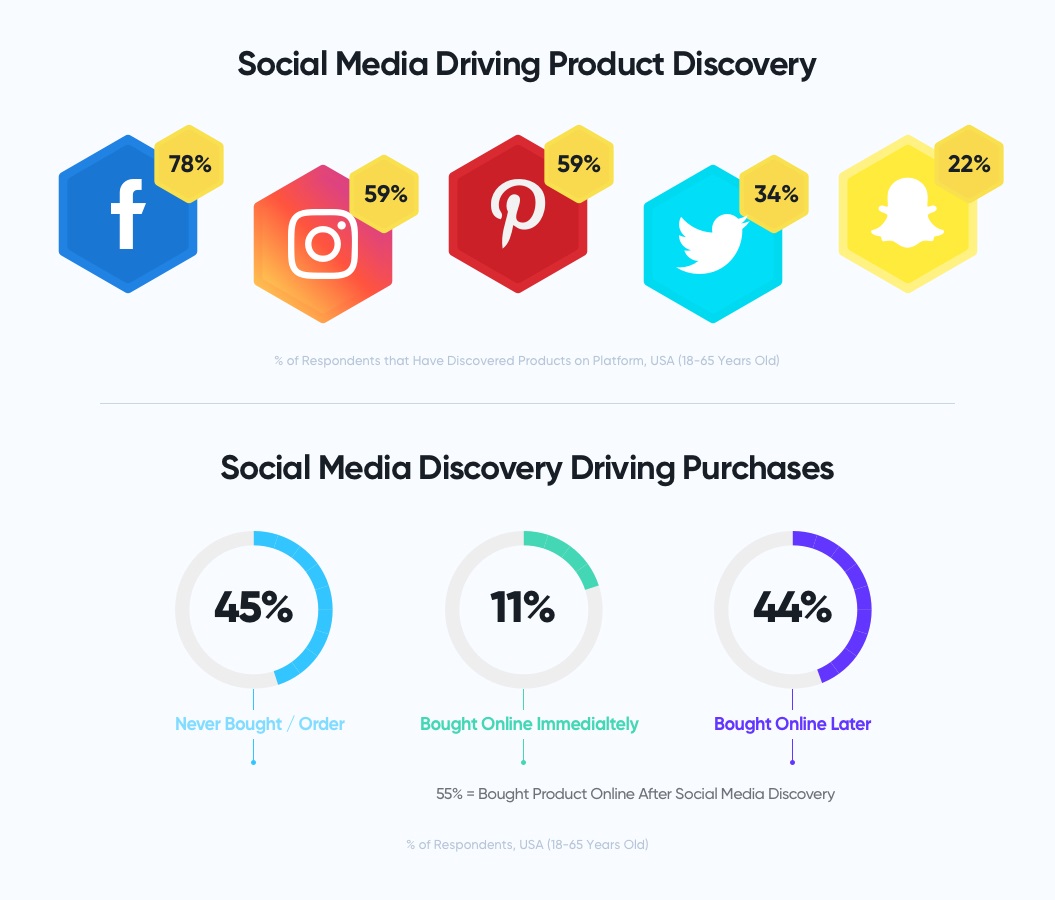Leverage Technology. Imagine you’re shopping for a watch.
You want a watch design that is you. So you Google “watches.”
You see a company like Shinola in the ads section of the search results. You click on one of the ads and are directed to Shinola’s website, where a chatbot asks, “Have a Question?”
You type in the chat box, Is the strap easy to change?
The chatbot answers your question in seconds with Yes. You close out the chat and wait to purchase.
The next day, you see a Shinola post on Instagram with a watch similar to the one you saw on the website. You ask another question about the watch in Instagram’s Direct Messenger. The customer service agent knows you asked a question the day before through the chatbot. You decide to buy the watch that day because of your personalized, convenient experience.
This is the role of technology in improving omni-channel communication.
In this article, we’ll discuss what we mean when we talk about omni-channel communication and how companies can take advantage of technology to improve their strategy.
What is omni-channel communication?
Omni-channel communication connects a brand’s messaging with a potential customer across all customer touchpoints for a consistent experience, every time.
Whether a customer talks to a sales associate in-store or types a question in the chatbot on your website, the customer service is consistent and positive. This positive customer experience helps brands deliver a personal experience, which strengthens customer relationships, and therefore, customer loyalty.
Omni-channel communication should include both online and offline channels such as in-store, mobile apps and websites.
How does technology improve omni-channel communication?
Before we dive into technology, let’s talk about something important to the customer: convenience. As a must for customers today, convenience helps create the positive experience customers want.
Whether a customer is communicating with your brand on social media or making a purchase on your website, technology helps be where their customers are throughout their journey in a consistent way. If a customer talks to you on Instagram, they will also get the same experience talking to you through email.
For example, with technology, brands can provide consistent customer service easily across all communication channels. Customer service agents gain insights into customers based on conversation history (no matter the channel it took place) and use that data to help customers when they chat with your brand again.
In addition, technology gives customers the ability to interact with your brand on a laptop, for example, then switch to a smartphone without interruption in their journey, which is a must for customers now — customers expect seamless transitions between devices.
Technology also customer engagement levels — if used right — in part because customers can interact with your brand on the channels where customers spend their time.
Be Where Customers Spend Their Time
Brands must be accessible where customers are spending their time for seamless omni-channel communication.
You should be able to effectively and efficiently talk to customers on multiple channels. This includes your live website chat, email, text message, phone, and increasingly, social media, with 82% of customers saying they like the convenience of social shopping, according to ecommerce trends based on research from Linnworks.

Chat apps like WhatsApp are another channel to consider. Four-fifths of time spent on mobile devices is now spent on chat apps, accelerated because of the pandemic. The channels where customers want to communicate with you can always change over time so it’s important to have a system in place to easily add a channel to your existing ones while still making sure all channels are connected.
Simply communicating with customers in these channels, while also navigating how to talk to customers is hard work. And on top of that, all communication channels must be connected.
The Role of AI in Omni-Channel Communication
Artificial Intelligence significantly helps you improve omni-channel communication.
Artificial intelligence is meant to help free up your employees’ time and to create better experiences for customers by giving quick, automatic responses to customer questions.
Automatic responses can be used for the most common questions customers ask. This way your agents save time by not talking to every single person who has a question or wants more information.
For example, if your customers always ask about the price of the same five items, or your returns policy, AI answers without a human. This keeps customers engaged, especially when your employees are busy talking to customers with less common questions or problems that must be solved quickly to strengthen the customer relationship.
In addition to fast responses, AI frees up time to let your employees analyze customer interactions. Agents can communicate those insights across the organization to improve products, services and customer experiences. And improving these things is most important for building strong customer relationships to gain loyal, lifelong customers.
Easily Route Customer Questions no Matter Where They Come From
A good omni-channel communication strategy uses a combination of both automatic responses and seamless management of human interactions.
When customers want to speak to your customer service department or sales team, there should be an organized way for your agents to talk with customers no matter the channel. Agents should also be able to see the entire historical conversation with a customer no matter where those conversations took place.
In addition, a positive customer experience starts with a customer-focused culture. So in order for your communication channels to be consistent and engage customers, service representatives need to have an easy way to ask for help with questions internally in real-time with an internal messenger. This helps improve customer communication because it saves your service representatives time hunting down an answer to a question they do not know.
The CommBox platform gives brands the ability to connect all channels seamlessly for an omni-channel communication experience. In today’s world, to be where your customers spend their time — where they choose to interact with you — is part of a positive customer experience. Using technology to make omni-channel communication a well-rounded and consistent experience with easy access to your brand only strengthens the overall customer experience, leading to more purchases and lifelong loyalty.




















